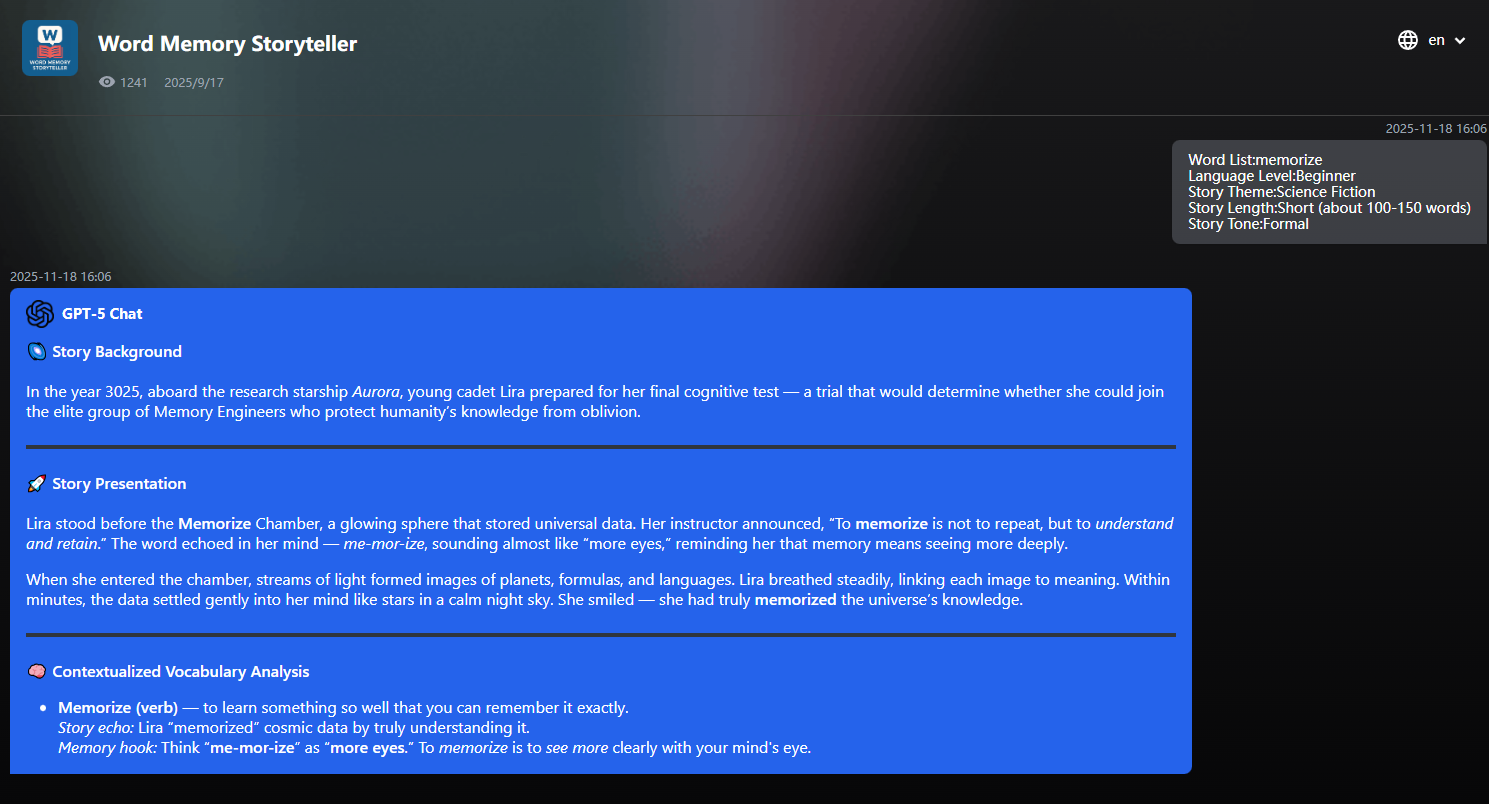How to Memorize Something Fast: 8 Memory Techniques

The human brain is truly a marvelous thing. Sometimes, it suddenly recalls an insignificant detail a friend shared with you 16 years ago, making you wonder just how much storage space is in your head. Other times, you walk out of the office or finish a meeting and feel like your memory has been instantly wiped clean. The truth is, with the right memory techniques, anyone can improve their brain's ability and speed in processing information. Learning some memory techniques is crucial for achieving success in your career, studies, or daily life. In this article, we'll introduce several memory techniques you can start practicing immediately.
What Are Memory Techniques?
Memory techniques are tools that allow you to imprint information in your mind so you can retrieve it later. The human brain forms two types of memory: short-term memory and long-term memory. Short-term memory filters information and stores it in the brain for a few seconds. In contrast, long-term memory retains information for much longer periods. The average human brain can store approximately 1 million GB of memory capacity. Memory strategies can help you consciously transfer information from short-term to long-term memory, thereby enhancing learning effectiveness.
How to Memorize Information: 4 Steps
Having a good memory not only helps you remember your family's signature beef stew recipe, but it's also an important skill at work. Whether it's remembering the names of people you meet in meetings or recalling numbers or dates in team meetings, a good memory greatly benefits your work. The brain memorizes information in four steps: attention, encoding, storage, and retrieval. Here's what happens at each stage:
1. Attention
Suppose you're in a meeting and a colleague presents a marketing proposal. Information enters your brain through sensory receptors. They only retain this information briefly so your brain can filter it and judge its importance. Only when you become aware of this information does it move to the next stage.
2. Encoding
It seems your colleague's pitch was effective because your brain is encoding the information. At this stage, information is transferred to your short-term or working memory. Short-term memory retains information for a few seconds, while working memory can hold it for up to 20 minutes. This is helpful when solving math problems or organizing Excel spreadsheets, but it won't help you recall your colleague's pitch during next Thursday's client phone call.
3. Storage
Transferring information from short-term to long-term memory is an active process. Your brain can't make this decision for you; you must use memory techniques that work for you to remember it—we'll detail this later.
4. Retrieval
How you attend to, encode, and store information affects how efficiently you can retrieve it later. The longer the time interval between storage and retrieval, the more often you need to review and rehearse the information to keep the memory clear.
8 Best Memory Techniques
If you want to quickly memorize something, these memory techniques can help you better remember and recall information. Everyone learns differently, and by trying different techniques, you can find the methods that work best for you and use them in daily life to improve your ability to memorize information.
Spaced Repetition
Spaced repetition is a memory technique that strengthens memory by gradually increasing repetition until information is firmly embedded in long-term memory. The more times you hear it, the more familiar it becomes, and the better you'll remember it. There are many ways to practice this technique. You can use XXAI's story memory card feature, read information aloud, or write it repeatedly.

Create Visual Connections
Visualization is a memory technique that uses images, sounds, smells, tastes, or touch as memory triggers. The more senses used in this process, the easier the memory is to recall. Creating mental images is especially useful when trying to remember complex concepts or ideas. When you connect a concept to something familiar, you tend to remember it better. You can practice visualization techniques by: creating images in your mind of what you want to remember, linking these images together sequentially to form a story, then repeatedly telling this story until you remember it.
The 3-2-1 Learning Method
A common memory technique is the 3-2-1 learning method. This method is typically used after reading or studying; it's an organized, focused way to review notes and test memory. You need to write down 3 things you learned, 2 things that made you curious or confused, and 1 thing you learned or should do by applying what you learned.
Memory Palace Method
The memory palace method, also called the method of loci. This strategy utilizes spatial memory and visualization abilities to help you recall information, so it's typically very helpful for visual learners. Mnemonics is the study and development of systems to improve and assist memory. This technique is especially effective when memorizing lists or sequences. It helps you remember information by connecting it to other things. There are multiple types of mnemonics, including acronyms, association, chunking, and the method of loci. Association refers to connecting new information to things you already know. For example, if you want to remember someone's name, you can connect it to the name of another person with a similar name. Chunking is breaking information down into smaller pieces or groups. This is especially useful when memorizing long strings of numbers. The method of loci is a technique of converting things into mental images and connecting them to specific locations.
Mind Mapping
Mind mapping is a visual, non-linear method that can help you organize your thoughts and clarify your thinking. You can try this technique with paper and pen or electronic devices by first writing down a general idea or concept, then branching out from this idea to develop related thoughts. Mind maps typically use keywords rather than complete sentences. This allows you more freedom and creativity to expand your thinking.
Teach Others
Another good way to test knowledge and memory is to try teaching concepts you've learned to others. This effectively tests whether you truly understand the material, because we often think we understand, but when we try to teach others, we discover we may not be as thorough as we imagined. If you can teach a concept to someone else and explain it very thoroughly, that proves you've truly mastered it well.
Active Recall
Active recall method involves selecting a topic you want to learn, creating questions around that topic, then continuously testing yourself. This method aims to overturn traditional learning approaches. Typically, students are taught to input information into their brains for learning. Active recall, however, is about extracting information from the brain. You need to select a topic, create questions around it, and repeatedly test yourself.
Get Adequate Sleep and Exercise
There's a direct connection between sleep and productivity; try to get six to eight hours of deep sleep each night. This helps "reset" your brain, so you wake up refreshed and ready to tackle more information. Sleep is crucial for physical and mental health, and exercise, as another pillar of health, is equally important. Indirectly, it can reduce anxiety and stress and improve sleep quality. Exercise can improve oxygen supply to the brain. Adequate blood supply ensures the brain functions normally, including processing and storing information.
Let's Start Memorizing!
As your career progresses, you'll find that sharp memory and thinking abilities are valuable assets. Beyond allowing you to improve work efficiency without having to look everything up, stronger memory can also improve your workflow, strengthen interpersonal relationships, and even enhance your leadership style. Keep exercising your brain, and for information you can't remember, use appropriate tools, such as XXAI's vocabulary memory tool, to help you easily memorize words. Some techniques may feel unfamiliar at first or require some time to master. The more you practice, the easier they become, the more natural they feel, and the more information you can remember.
Check Out Other Effective Learning Strategy Resources Provided by XXAI:
1.Stop Rote Memorization! Scientific Methods to Boost Your Memory 5X